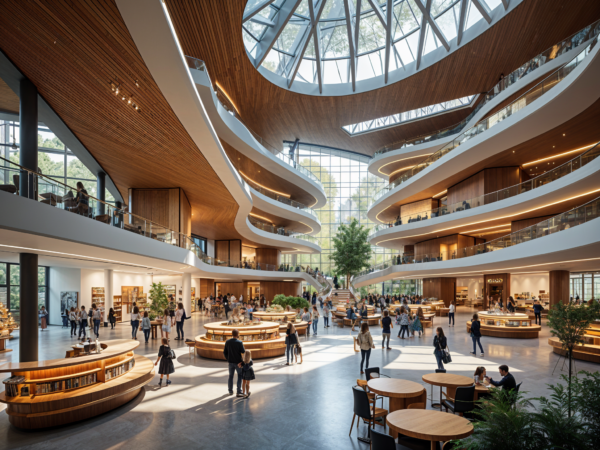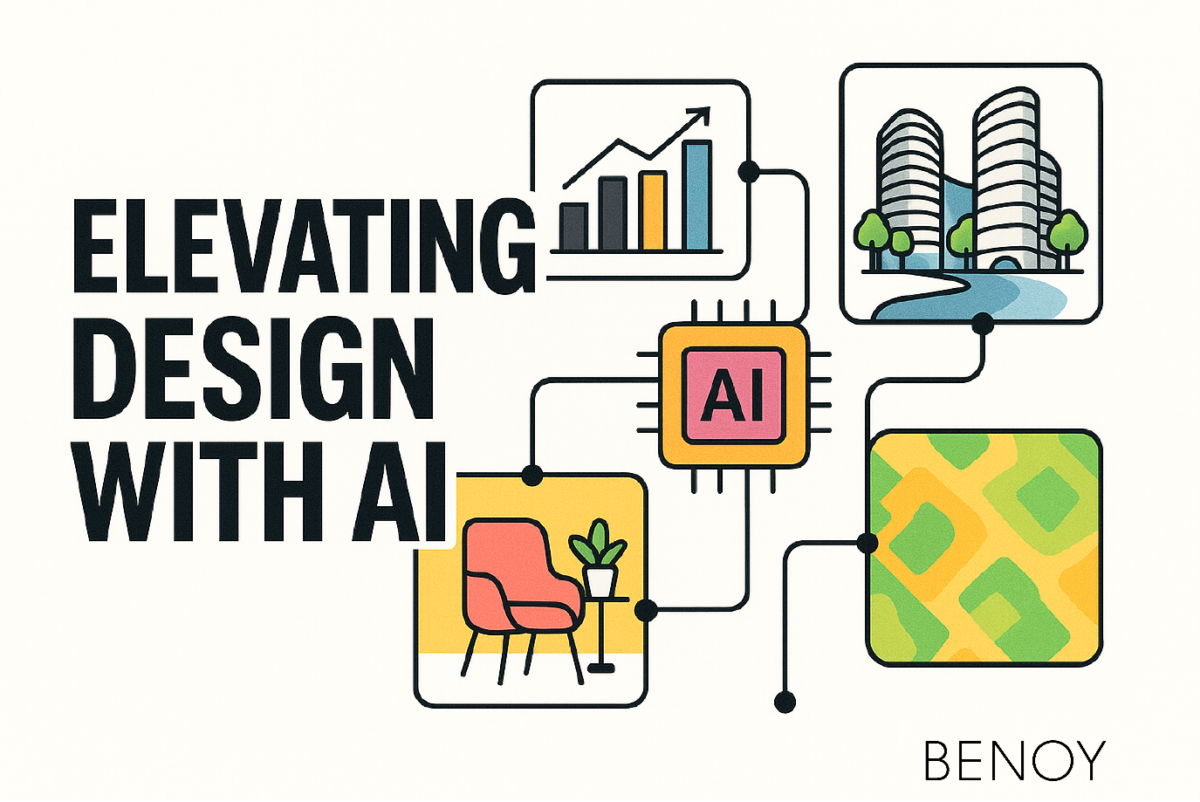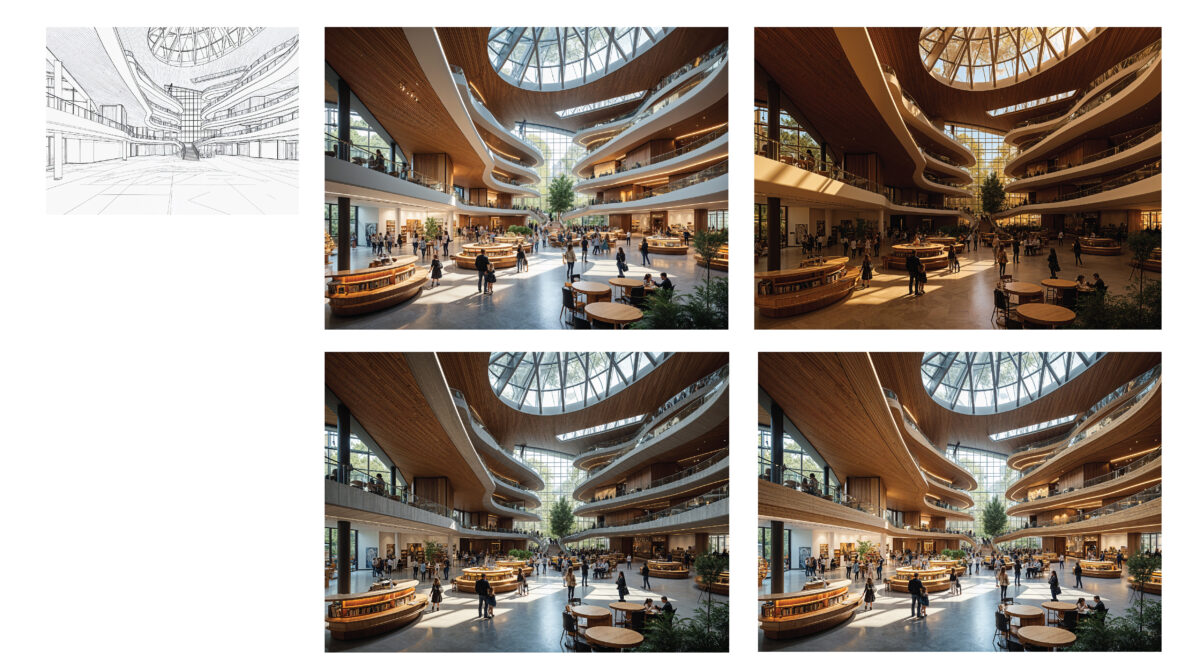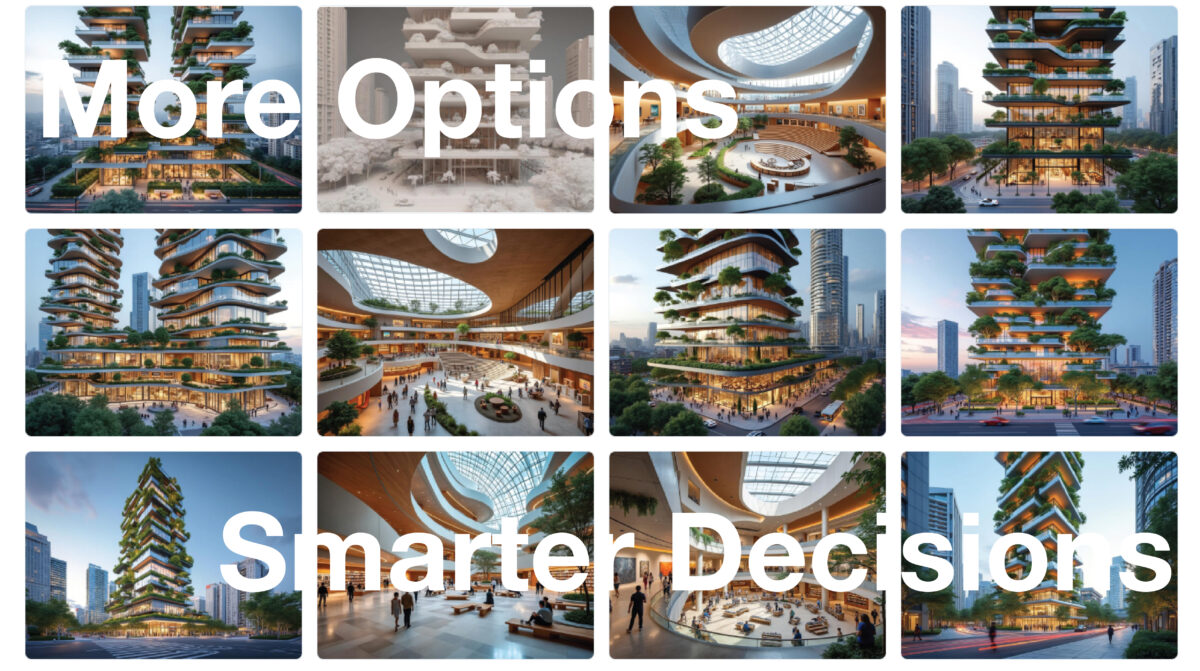Firstly, it’s important to be clear: our use of AI doesn’t mean we’re providing AI-generated design for clients. The value isn’t in simply generating designs with AI, but in how AI expands our strategic thinking and accelerates sustainable design, which in turn leads to better solutions for clients.
Benoy is working with AI to leverage our work and datasets to drive enhanced project outcomes. At the same time, we’re using AI to create improved client engagement tools. These tools will enable us to partner with clients seamlessly and bring them into the design process as we’re developing our creative options. And through earlier client engagement and involvement, there should be less reworking and revisions further down the line.
What’s more, instead of limiting ourselves to three or four early options, with AI we’ll be able to look at 20 or 30. And we’ll be able to assess their feasibility, accurately and quickly, to ensure we maximise the creative and commercial impact of our work. Ultimately, these developments mean clients will benefit from more refined end-products with more iterative exploration, thinking, data and innovation behind them.




